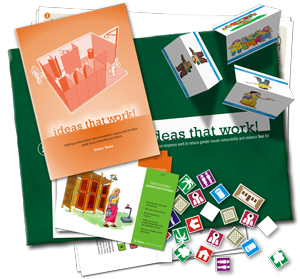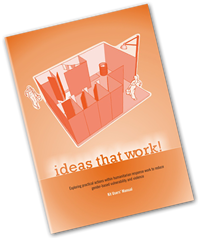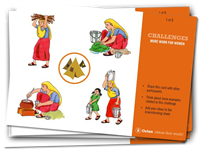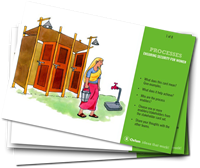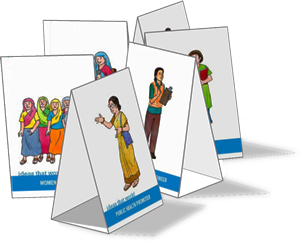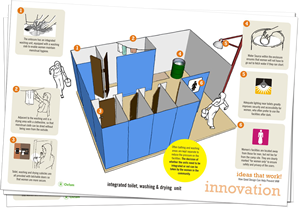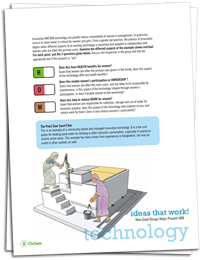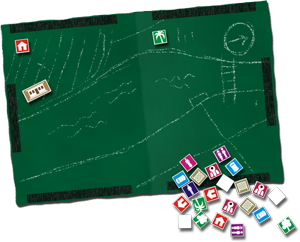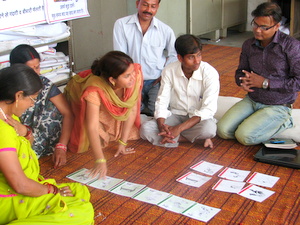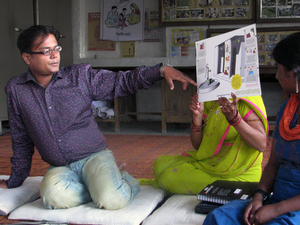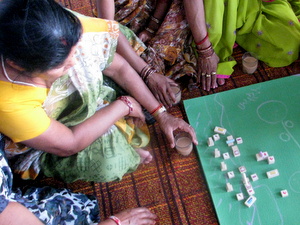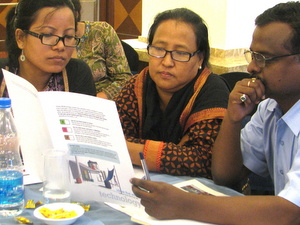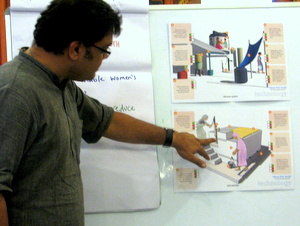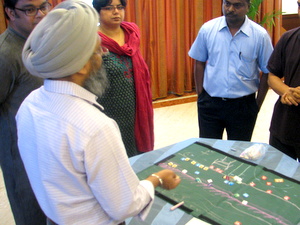ideas that work!
Exploring practical actions within humanitarian response work to reduce gender-based vulnerability and violence
The majority of the world's poor are women. Around 70% of the 1.3 billion people who live in extreme poverty are women and girls. Gender based violence remains one of the significant mechanisms by which individuals, society and the state retain power over women's lives and choices. One in three women world-wide experience violence.
it is increasingly recognised that gender-based violence worsens in emergency situations caused by natural disasters or conflicts. There is a growing acceptance that all humanitarian interventions are more effective when they recognise and contribute to transforming current gender-based inequalities and violence.
